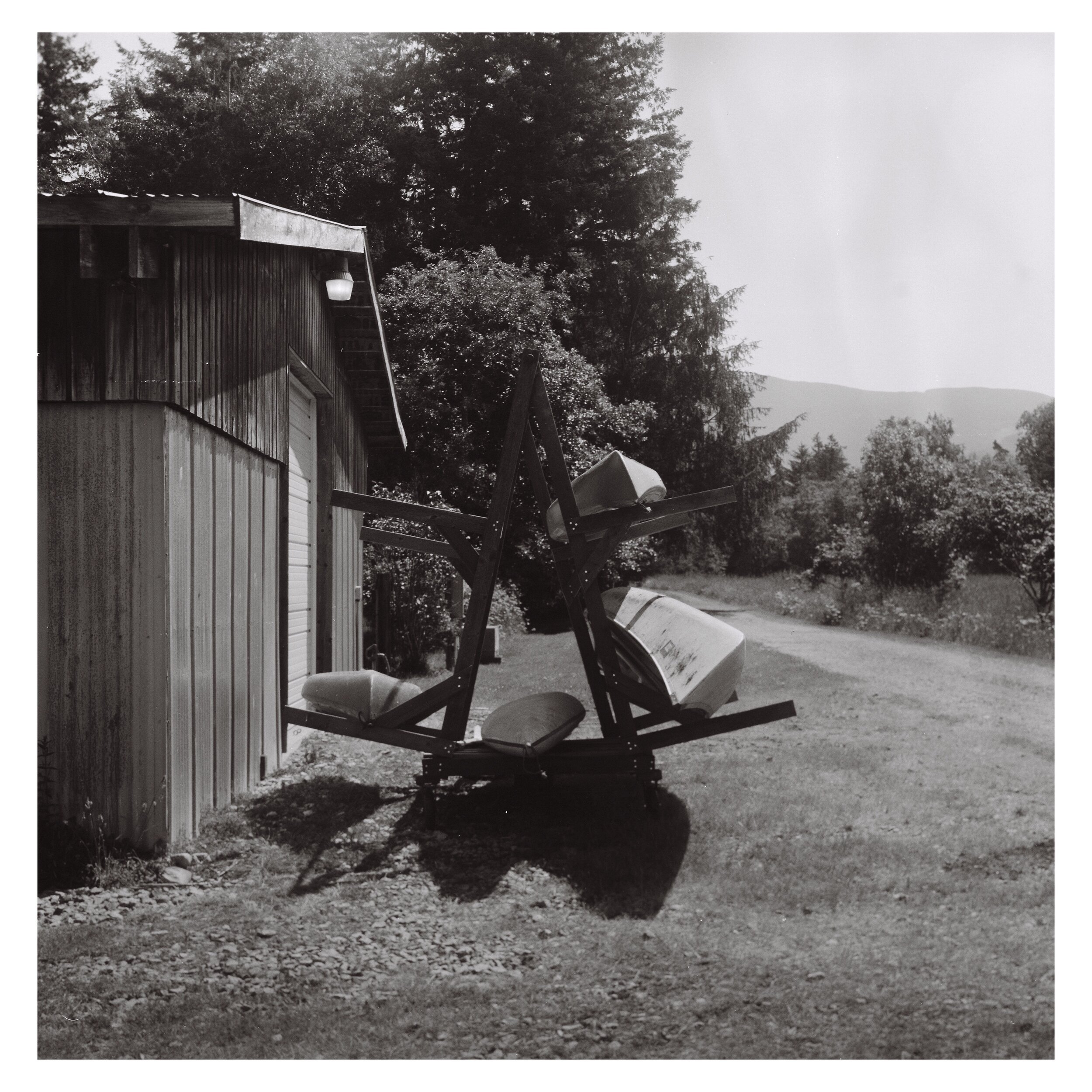Figure 1 : English Camp, Friday Harbor, Stevi McNeill, WA 2020.
The week that I was in Washington I able to spend a day on Friday Island and explore parts of the English Camp which Great Britain occupied in 1859. The US also had a camp at the other end of the island. Both counties had an agreement to occupy the island until the water boundary between the two nations could be settled.
Figure 2 : English Camp, Friday Harbor, 1860 National Park Photo.
The marines that settled on the island quickly cleared and built a commissary, Barracks, cooking houses and other vital structures as well as a garden, ( which is still there). By 1867 the camp got a major overhaul and has not changed much since then.
"We may remark here that the neatness, cleanliness and good order observable throughout the entire camp were the subject of general observation." - A visitor to the camp in 1866 - Nantianl park website, 2015
The marines left in 1872 after the Treaty of Washington were the island was declared as an American territory. In 1876 the camp was homesteaded by William Crook, a farmer and carpenter and added little to the property. The wood family owned until the 1950s when the state bought the land and in 1966 turned both the British camp and American camp into a national park.
What interested me about this area was the fact that there has been little done to the land and its buildings since the 1800s. The garden and the formal garden are well kept and the buildings are in almost pristine condition. Due to COVID we were not allowed to enter the buildings, but there was enough space to wander most of the camp and image the life lived my the marines when the camp was first built.
Figure 3 : The Block House, English Camp, Friday Harbor, Stevi McNeill WA 2020.
Figure 4: Lime Kiln Lighthouse, Whale watching, Friday Harbor, Stevi McNeill WA 2020.
I also made a stop at the Lime Kiln functioning Lighthouse that was built in 1914, which is on a 36-acre day-use park where people gather to whale watch.
Figure 5: Sedro-Woolley, Stevi McNeill, WA 2020
During this week, I spent time on about 20 acres on private land. Since I was staying here, I had a lot of time to wander the property and discover how it was used and what for. Compared to the English Camp, it was not that much different... It has formal garden and vegetable gardens, grass has been cleared to make pathways, trees removed and wood used to burn, waterways used for pleasure and maintain the land.
We have not made many changes the way we homestead and use the land for our survival and comfort.
While on this trip, I was also shooting on medium format, and black a white compared to 35mm colour that I have mostly been working with this past year. Overall I think I am getting more comfortable and excited to branch out beyond 35mm. The results and details that come from shooting this format is allowing my work to been seen in a broader sense and allow the images to a little more talking for themselves.
Figure 6: Sedro-Woolley, Stevi McNeill, WA 2020
Figure 7: Sedro-Woolley, Stevi McNeill, WA 2020
Figure 8: Sedro-Woolley, Stevi McNeill, WA 2020
Figure 9: Sedro-Woolley, Stevi McNeill, WA 2020
Figure 10: Sedro-Woolley, Stevi McNeill, WA 2020
References:
NP - 2015. [online] Available at: <https://www.nps.gov/sajh/learn/historyculture/english-camp.htm> [Accessed 9 July 2020].








